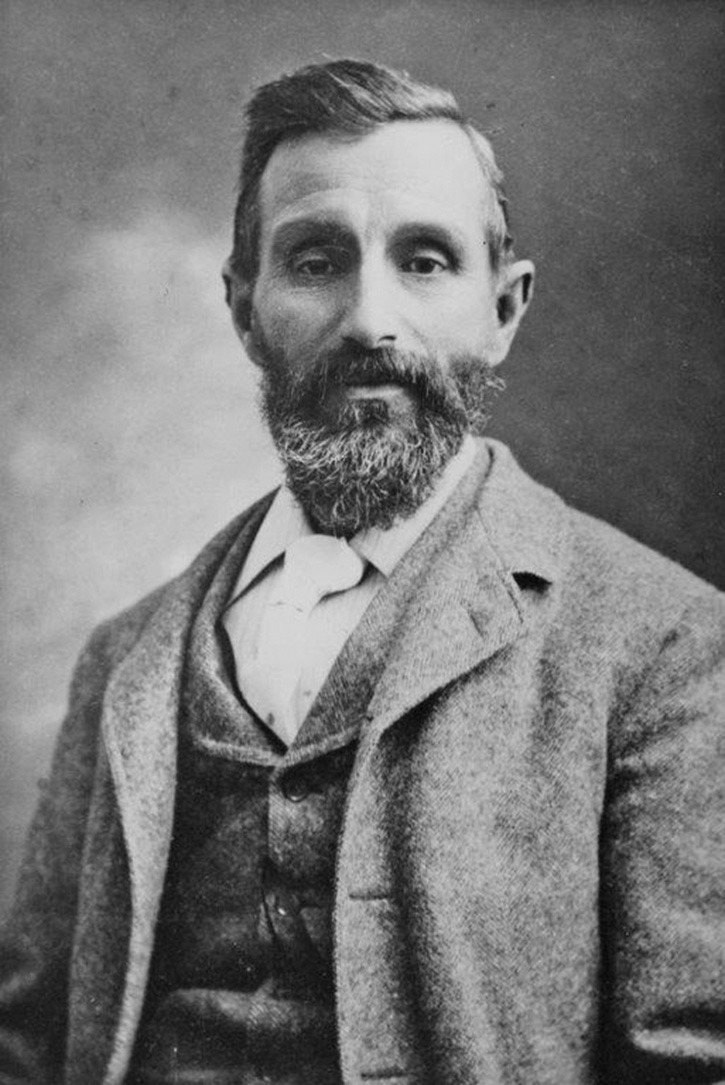Tugwell Creek is seen as a lovely oceanfront location, with wonderful views of the breakers crashing ashore. Historically it was backed by enormous stands of timber.
The man whose name the creek bears was a colourful character, Thomas Tugwell, believed the first immigrant settler in the Otter District in the late 1860s.
Tugwell’s first sortie to the new colony of Vancouver’s Island was in 1858, when he arrived in Fort Victoria as an 18-year-old midshipman aboard the British naval frigate Calypso, after an arduous journey around the Horn.
Leaving his ship, he found employment as a census taker, enumerating the First Nations’ populations on the west coast of the Island. Returning to England briefly, he arrived once again in Victoria in 1865.
As he was of an entrepreneurial nature, his name found its way into newspaper accounts that indicated a mysterious fire and questionable liquor sales at a hotel he operated in Esquimalt before he moved west.
When he established his seed farm (he called it Sea View Farm) at the location we know today as Gordon’s Beach, he harvested fir and spruce cones for an overseas market. He also ran a horse stage.
Tugwell and his wife raised a foster son, Oscar Scarf, who is remembered today as a master mariner and by the historic Scarf House on Otter Point Road.
Tugwell was employed taking the 1881 Census for the Otter District, but within a few years he sought greener pastures and sold his farm to Ted Gordon, another British immigrant. We next see references to Thomas Tugwell as a leaseholder in Atlin in 1899, where he had followed the gold rush trail, and where he developed several businesses.
As further settlers arrived in the Otter District, such as the Andersons of Malahat Farm, they wanted a school for their children, and kindly Ted Gordon, then-owner of the Tugwell/Gordon farm, made a parcel of his land available. This was at the western end of his land holdings, near to where Blackfish Road is today.
The log schoolhouse, called Tugwell School, was built by the settlers and opened in 1899, where classes were taught for several years. It was when the large family of John and Mary Ann Goudie moved to another location and there weren’t enough pupils for the government to pay the teacher’s wages that the Tugwell School closed.
•••
Elida Peers is the historian of Sooke Region Museum.
